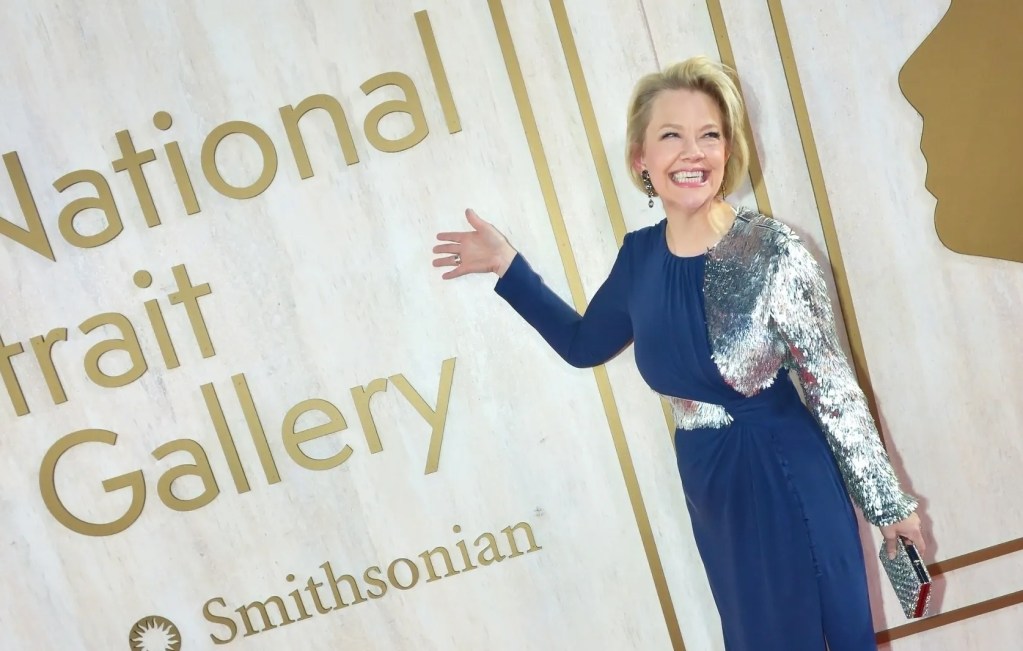Trump Says He Fired National Portrait Gallery Director Over DEI Support



President Donald Trump said on his social media platform Truth Social that he has terminated Kim Sajet from her role as director of the National Portrait Gallery (NPG) in Washington, DC. However, it remains unclear whether Trump has the authority to fire Sajet, since the Smithsonian Institution that oversees the museum functions as an independent federally backed agency that is not controlled by any of the three government branches.
In his post today, May 30, Trump referred to Sajet as a “highly partisan person, and a strong supporter of DEI [Diversity, Equity, and Inclusion], which is totally inappropriate for her position,” and noted that her replacement would be announced shortly.
Trump’s post comes two months after he passed an executive order in which he accused the Smithsonian Institution of promoting “divisive, race-centered” views and tasked Vice President JD Vance with “remov[ing] improper ideology” from its associated museums. Senior-level personnel matters at the Smithsonian are determined by Secretary Lonnie G. Bunch III, who was appointed in 2019 by the Board of Regents. By the nature of the charter, Vance is an ex-officio member of the Board of Regents.
Sajet became the first woman to steer the NPG when she was appointed to the director position in 2013, during the Obama administration. She came to the Smithsonian after six years of serving as the president and CEO of the Historical Society of Pennsylvania. Prior to that, she was the senior vice president at the Pennsylvania Academy of Fine Arts Museum.
Since her tenure at the NPG, Sajet has prioritized diversifying the museum’s collections and exhibitions in line with the multicultural population of the United States. In a 2015 interview with the Washington Post, the director said that she uses her role to “look at breaking down the hierarchies, experimenting, and piloting things.” Contemplating criticism of the lack of women and Black Americans artists and figures represented in the collections, she asked, “How are we going to show the presence of absence?”
Sajet has overseen several exhibitions probing and filling those gaps throughout her 12 years onboard, including but not limited to UnSeen. Our History in a New Light: Ken Gonzales-Day & Titus Kaphar (2018–19), Black Out: Silhouettes Then and Now (2018–19), and Votes for Women: A Portrait of Persistence (2019–20). She also introduced the Identify (2013–ongoing) performance series at the NPG, whose previous participants include Jeffrey Gibson, María Magdalena Campos-Pons, and James Luna, in an effort to “acknowledge those who are missing from the museum’s historical collections.”
The National Portrait Gallery did not immediately respond to Hyperallergic’s inquiry, and a representative for the Smithsonian Institution declined to comment.
Trump’s announcement comes amid his administration’s ongoing assault on arts and culture funding and diversity efforts in federally supported organizations. Earlier this year, the National Gallery of Art in Washington, DC, said it was ending its DEI programs as a result of an executive order signed by the president. Hundreds of arts organizations have lost grants from the National Endowment for the Arts, the National Endowment for the Humanities, and the Institute of Museum and Library Services as a result of Trump’s move to gut the agencies.




